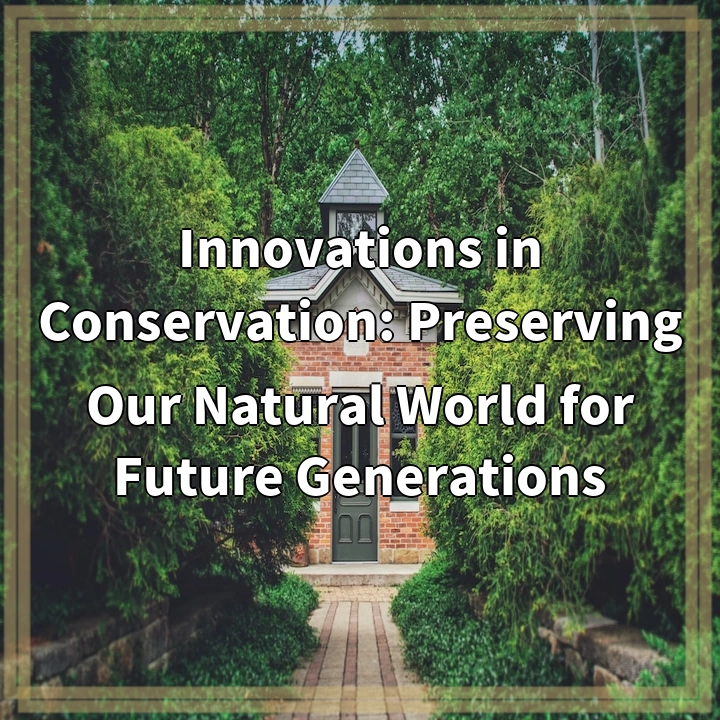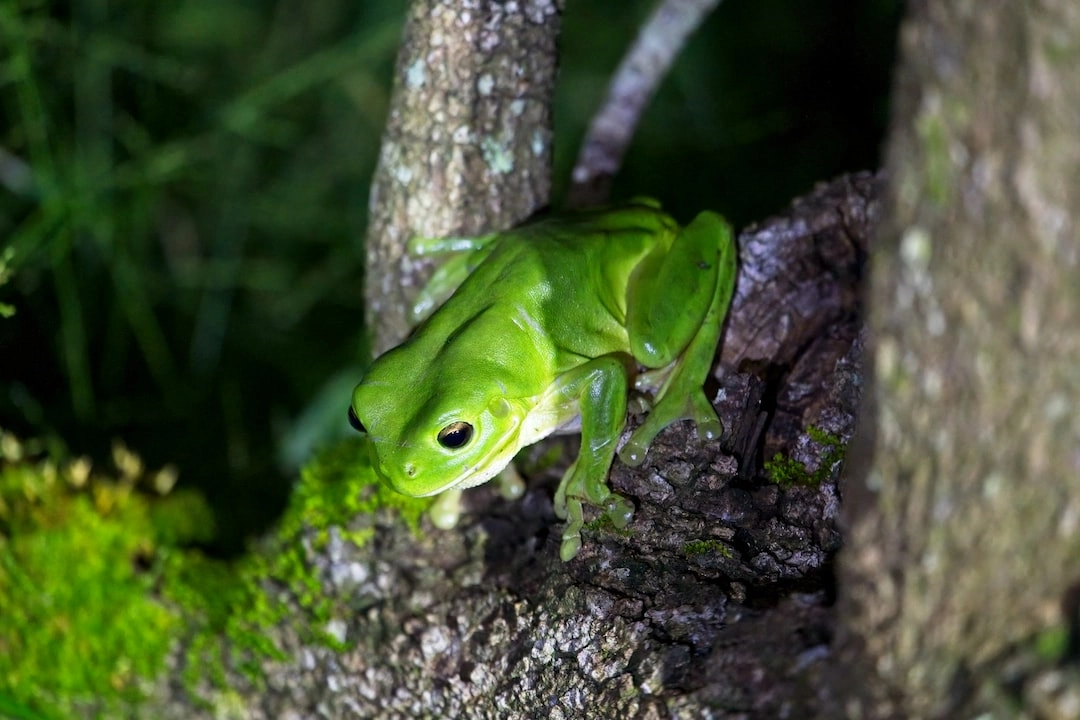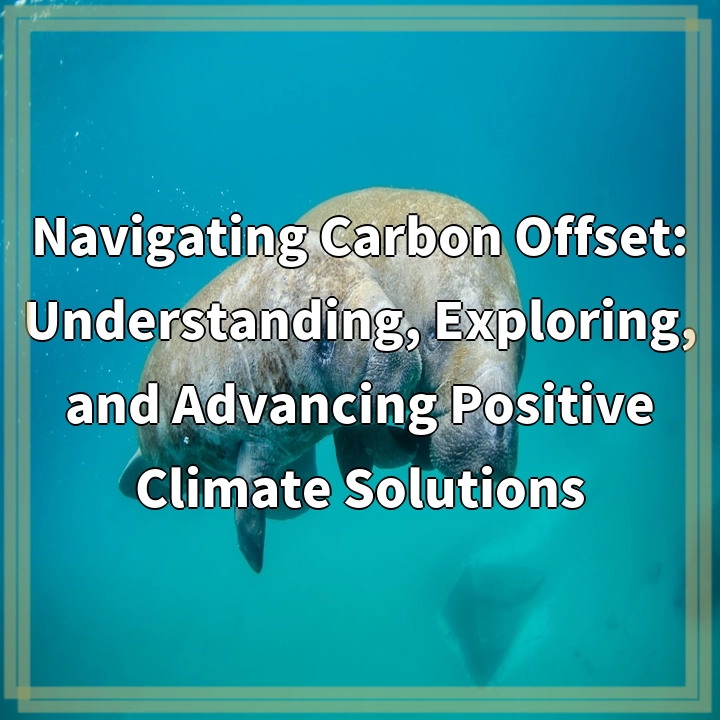
What it is:
Conservation is the proactive effort to protect and preserve the environment and natural resources to ensure their sustainable use for future generations. It involves the management and restoration of ecosystems, wildlife, habitats, and natural resources in order to maintain their biodiversity, functionality, and resilience.
Real-World Problems Associated with Conservation:
Loss of Biodiversity:
One of the major challenges in conservation is the loss of biodiversity. Human activities such as deforestation, habitat destruction, pollution, and climate change are causing a rapid decline in plant and animal species. This loss of biodiversity not only disrupts ecosystems but also affects the overall functioning of the planet.
Fragmentation of Habitats:
Fragmentation of habitats is another pressing issue in conservation. As human populations expand and landscapes are modified for agriculture, infrastructure, and urbanization, natural habitats become fragmented. This fragmentation isolates populations, reduces gene flow, and increases the risk of extinction for many species. Connecting fragmented habitats through wildlife corridors is essential for their survival and genetic diversity.
Climate Change:
Climate change poses a significant threat to conservation efforts. Rising temperatures, changing precipitation patterns, and extreme weather events alter habitats, disrupt species’ life cycles, and affect the distribution and abundance of both flora and fauna. Conservation strategies must now consider the impact of climate change and adapt accordingly to ensure the long-term viability of species and ecosystems.
Illegal Wildlife Trade:
Illegal wildlife trade is a multi-billion dollar industry that poses a serious threat to conservation efforts. Poaching and trafficking of endangered species for their body parts, such as ivory, rhino horns, and exotic pets, have devastating impacts on wildlife populations. Conservation organizations and law enforcement agencies work together to combat this illicit trade and protect endangered species.
Human-Wildlife Conflict:
As human populations continue to expand, conflicts between humans and wildlife intensify. Destruction of natural habitats forces wildlife into closer proximity to human settlements, leading to increased incidents of human-wildlife conflict. This can result in harm to both humans and animals, endangering conservation efforts and requiring careful management and mitigation strategies to ensure coexistence.
Lack of Funding and Resources:
A common challenge in conservation is the lack of sufficient funding and resources. Conservation initiatives require financial support for research, habitat restoration, community engagement, and enforcement efforts. Limited funding and resources make it difficult to implement comprehensive and effective conservation strategies needed to address the urgent environmental challenges we face.

Solutions to the Real-World Problems in Conservation:
Conservation and Restoration Efforts:
Implementing and supporting conservation and restoration efforts is crucial for addressing the loss of biodiversity and fragmented habitats. This includes preserving and protecting existing ecosystems, rewilding areas to restore lost habitats, and reintroducing endangered species into their natural habitats. Collaborative efforts between governments, organizations, and local communities are essential for successful conservation outcomes.
Addressing Climate Change:
To combat the adverse effects of climate change on conservation efforts, strategies should be implemented to mitigate greenhouse gas emissions and reduce human impact on the environment. Promoting renewable energy sources, adopting sustainable practices, and advocating for international climate agreements are key steps in minimizing the impact of climate change on ecosystems and species.
Cracking Down on Illegal Wildlife Trade:
Concerted efforts are required to combat illegal wildlife trade. Strengthening legislation, improving law enforcement and penalties, increasing international cooperation, and raising awareness about the consequences of illegal wildlife trade are crucial steps in curbing this illicit industry. Supporting local communities in alternative livelihoods and promoting responsible tourism can also reduce the demand for illegal wildlife products.
Promoting Coexistence and Conflict Resolution:
Promoting coexistence between humans and wildlife is vital to reduce conflicts. This involves implementing effective measures to mitigate human-wildlife conflict, such as providing adequate fences, creating wildlife crossings, and implementing early warning systems. Engaging with local communities, educating them about wildlife behavior and conservation benefits, and implementing community-based conservation initiatives can foster a sense of shared responsibility.
Increasing Funding and Resources:
Addressing the lack of funding and resources in conservation requires advocacy and collaboration. Governments, private sector entities, and individuals can support conservation initiatives through financial contributions, partnerships with organizations, and volunteer work. Raising public awareness about the value of conservation and highlighting the economic benefits it provides, such as ecotourism and ecosystem services, can also help attract more funding and resources.















